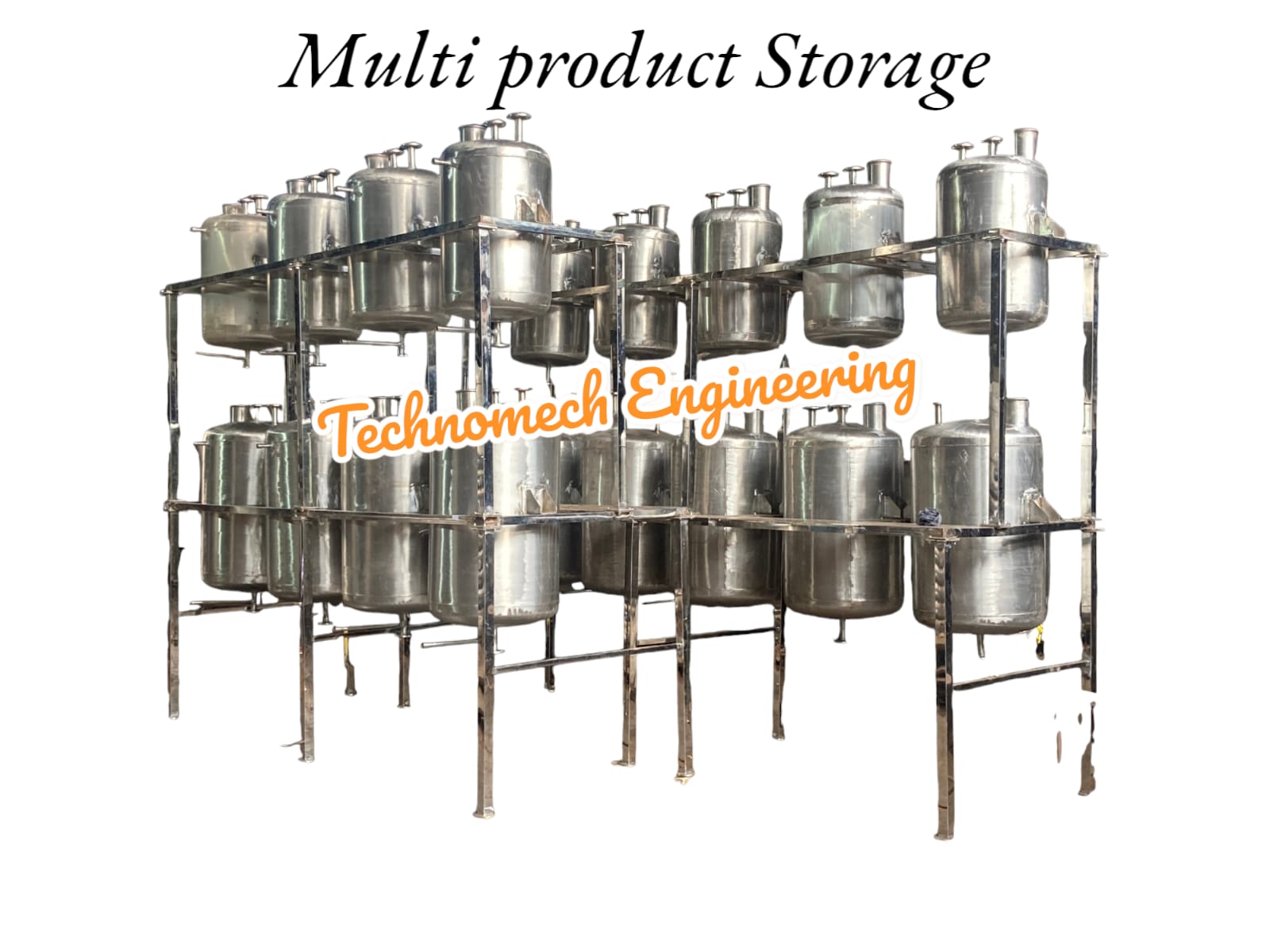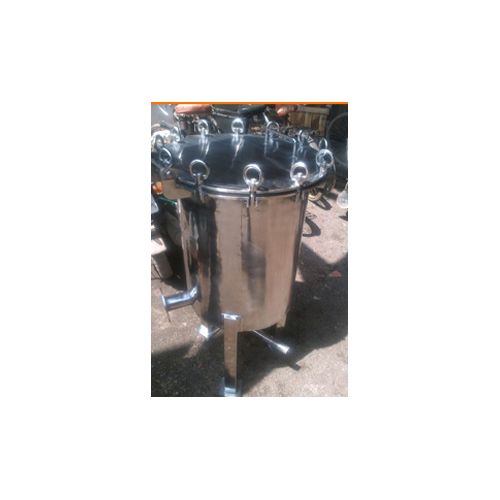Storage Tanks
Product Details:
- Type Storage Tanks
- Material Mild Steel
- Computerized No
- Control Mode Semi-Automatic
- Color Silver
- Warranty 1 Year
- Click to View more
Storage Tanks Price And Quantity
- 100000.0 INR/Piece
- 1 Piece
Storage Tanks Product Specifications
- Storage Tanks
- 1 Year
- Silver
- Semi-Automatic
- No
- Mild Steel
Storage Tanks Trade Information
- 20 Piece Per Month
- 7 Days
Product Description
Tanks can be used to hold materials as diverse asmilk,water,waste,petroleum,chemicals, and otherhazardous materials, all while meeting industry standards and regulations.[1]Storage tanks are available in many shapes: vertical and horizontal cylindrical; open top and closed top; flat bottom, cone bottom, slope bottom and dish bottom. Large tanks tend to be vertical cylindrical, with flat bottoms, and a fixed frangible or floating roof, or to have rounded corners transition from the vertical side wall to bottom profile, in order to withstand hydraulic hydrostaticpressure. Tanks built below ground level are sometimes used and referred to asunderground storage tanks(USTs).
Reservoirs can be covered, in which case they may be called covered or underground storage tanks or reservoirs.Covered water tanksare common in urban areas.
Tanks can be mounted on alorryor anarticulated lorrytrailer. The resulting vehicle is called aroad tanker(or simply tanker; tank truck in American English).Tank carsare tanks mounted ongoods wagonsfor rail transportation.









